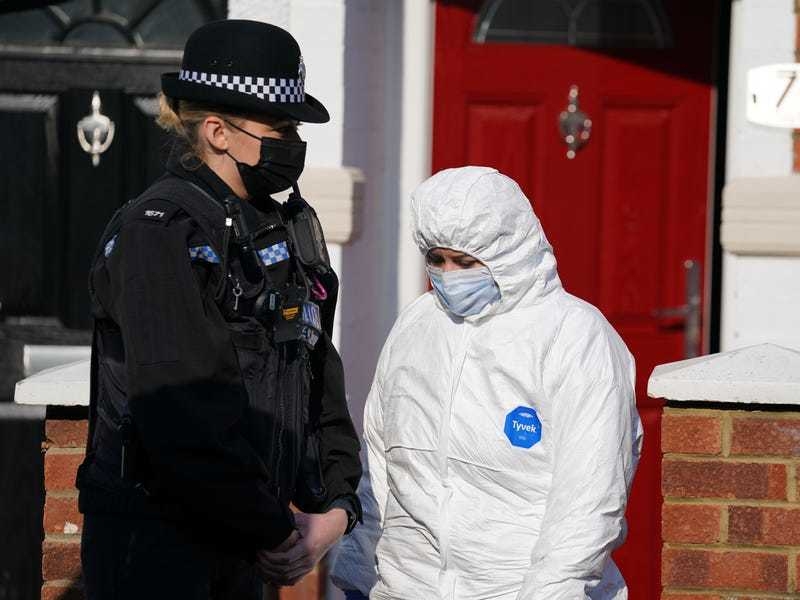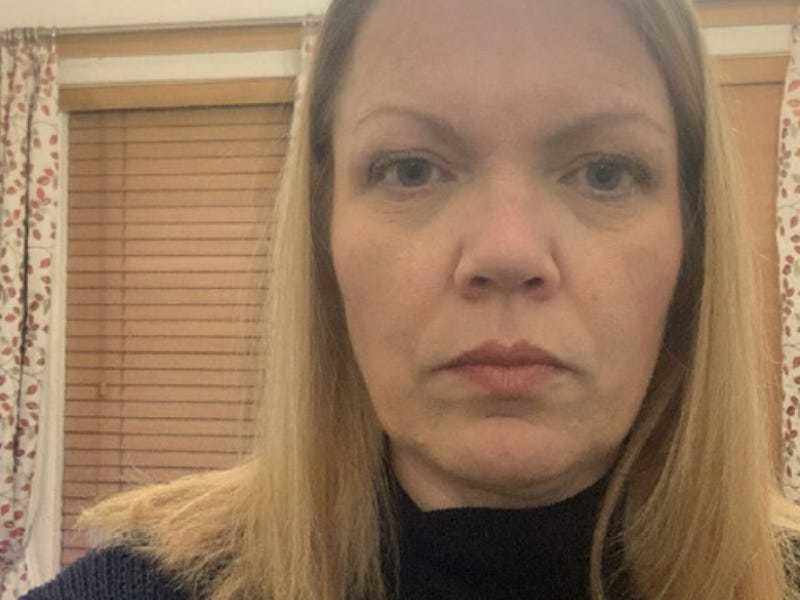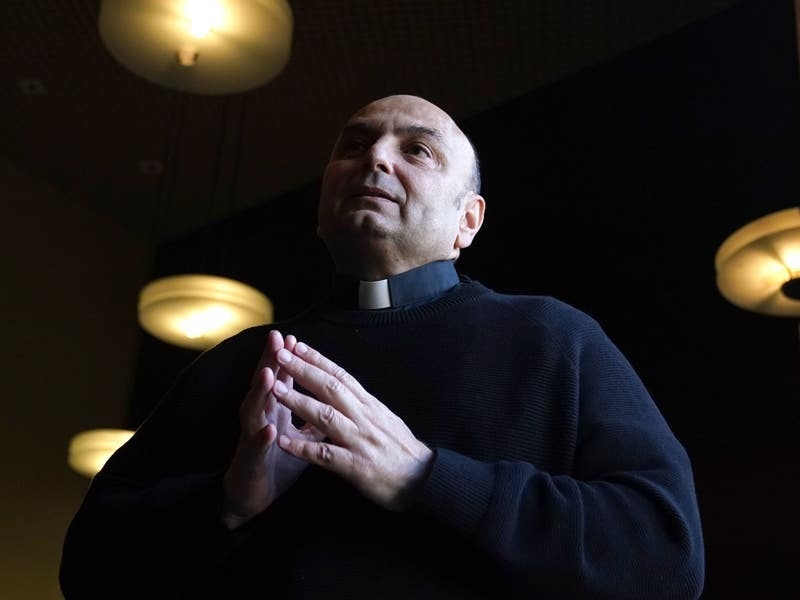The air travel regulator says that after conducting a study involving 4,000 passengers, it found that the current approach to seating was causing confusion.
It alleges that some customers travelling in groups are paying to sit together, when, in reality, they do not need to pay.
According to the research, passengers flying in a group that has not paid to sit together have a 16 per cent chance of being split up with Jet2, a 15 per cent chance with British Airways, a 15 per cent chance with easyJet and a 12 per cent chance with Flybe.
Ryanair was named as the worst offender, with groups having a 35 per cent chance of being separated.
Andrew Haines, chief executive of the CAA, said that his research showed that airlines’ systems were regularly driving passengers to pay unnecessarily for allocated seats.
‘Our research also suggests that consumers have a better chance of being sat together for free with some airlines than with others,’ he said.
‘Findings from our research show that UK consumers collectively may be paying between £160 million and £390 million per year for allocated seating.
‘Of those paying, two-thirds spent between £5 and £30 per seat and a further eight per cent paid £30 or more,’ he added.
Last year, global marketing company IdeaWorks compiled a list of airlines which made the most revenue from charges.
EasyJet, which flies between Jersey and eight different destinations, is estimated to have made $1.35 bn (£972.66m) from additional charges levied on top of ticket prices in 2016.
Mr Haines added that the CAA would be asking airlines to provide information on their policies and practices.
He said: ‘We will be looking into how airlines decide where to seat passengers that have booked as part of a group and whether any airlines are proactively splitting up groups of passengers when, in fact, they could be sat together.
‘We will not hesitate to take any necessary enforcement action should it be required at the end of the review.’






